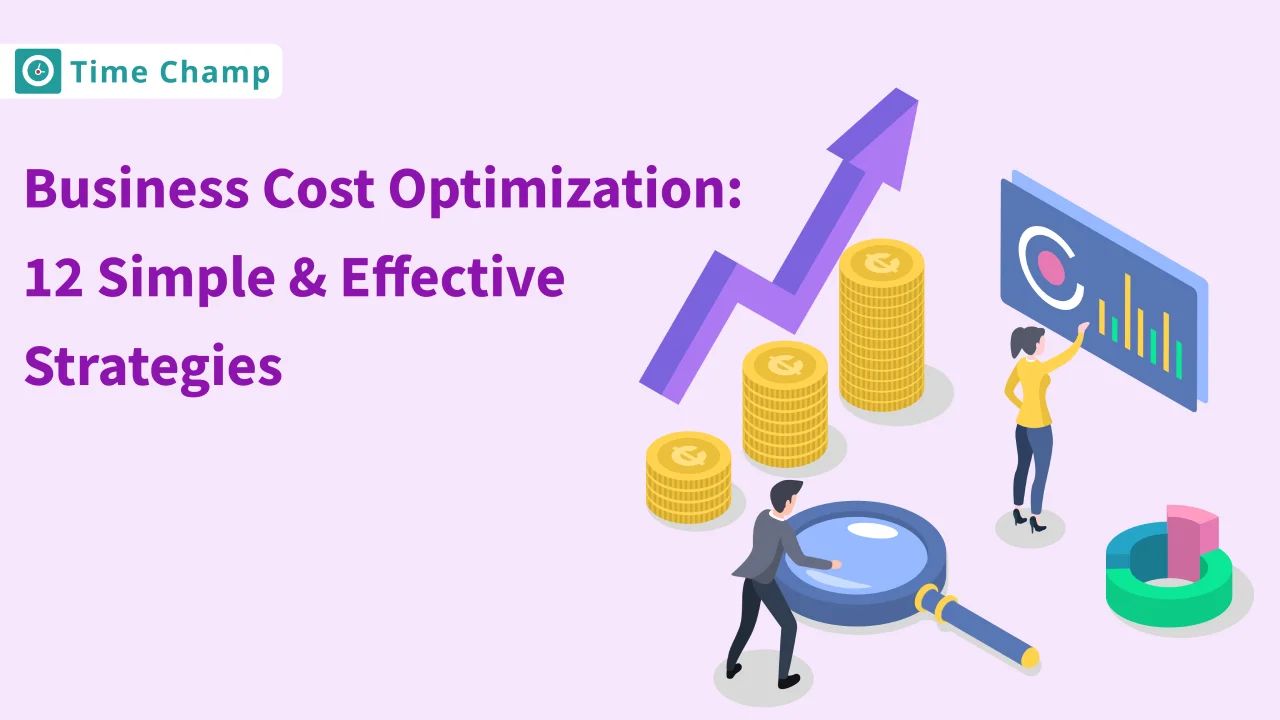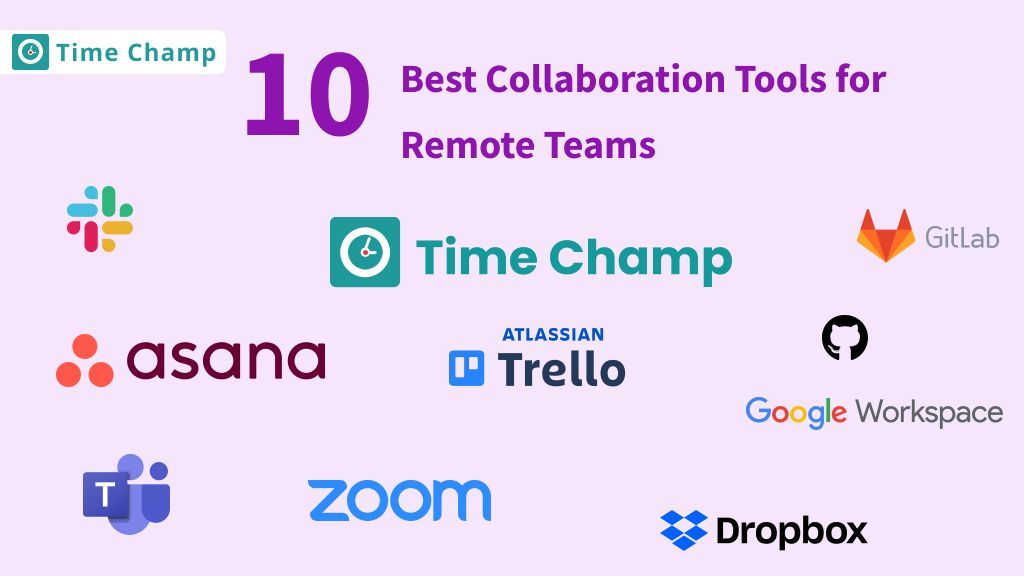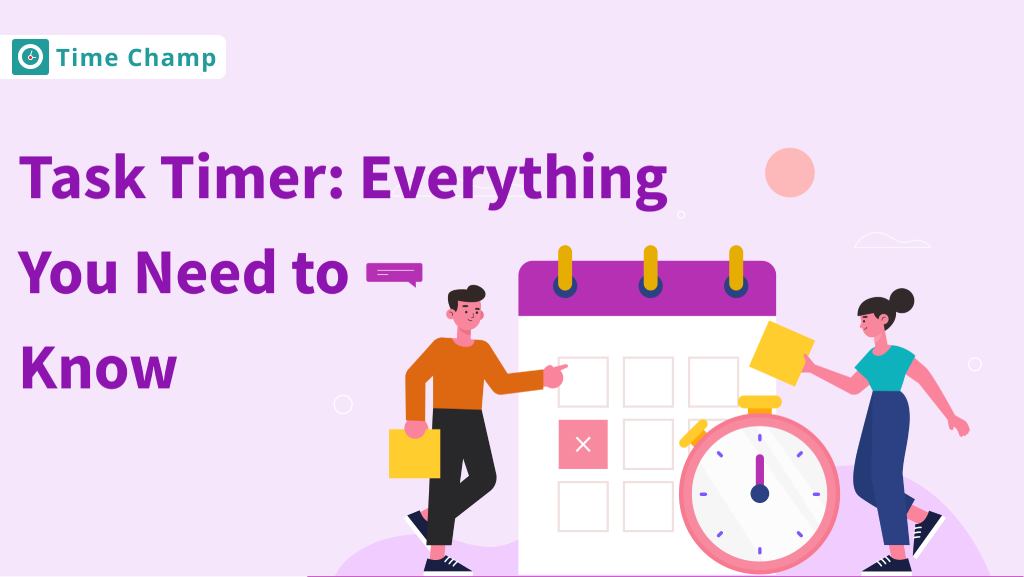Why spend excess money when there is no use, effortlessly cut down your extra costs with our effective strategies for business cost optimization. The end goal of any business is to make profits, but in the race of chasing goals, business owners forget that they are spending too much on things they don’t really need.
According to Jessie Hagen of US Bank, about 82% of businesses fail because of cash flow problems. We’ve gathered the top 12 effective strategies to help you save money and improve your business’s cost-efficiency so you can effectively manage your money and spend wisely to achieve greater financial stability and success. Trust us, it’s simpler than you imagine.
What is Cost Optimization?
Cost optimization means spending less while maintaining the same results. It involves pinpointing areas for cost reduction without compromising quality or efficiency. This could mean bargaining for better prices with suppliers, cutting out unnecessary expenses, and refining operational processes. The ultimate goal of optimizing costs is to maximize value while minimizing expenses.
Factors Affecting and Benefits of Business Cost Optimization
In today’s business world, saving money is crucial for companies to succeed and outshine rivals. Understanding what factors lead to cost savings and the advantages they bring can provide valuable insights for enhancing operations. Let’s discuss those key aspects.
Factors Affecting
Here are some of the factors that affect the optimization of costs in business
- Operational Efficiency: Streamlining processes and workflows can reduce waste and inefficiency, leading to cost savings.
- Technology Integration: Investing in technology solutions can automate tasks, improve productivity, and reduce labour costs.
- Supply Chain Management: Efficient supply chain practices, such as inventory management and vendor negotiations, can lower procurement costs.
- Employee Training and Development: Well-trained employees are more productive and efficient, contributing to cost optimization efforts.
- Market Conditions: Economic fluctuations and changes in market demand can impact costs for raw materials, labour, and other resources.
- Regulatory Compliance: Adhering to industry regulations and standards may require additional investments but can prevent costly penalties and fines.
- Competition: Market competition can drive businesses to find innovative ways to reduce costs while maintaining quality to stay competitive.
Benefits of Cost Optimization
Want to know how optimizing costs can benefit your business? Here are some of the benefits of optimizing costs for your business.
- Increase Profitability: Reduce unnecessary expenses and streamline processes to boost the bottom line and improve overall profitability.
- Gain Competitive Advantage: Optimize costs to offer competitive prices, gaining an edge over rivals in the market.
- Optimize Resource Allocation: Identify underutilized or misallocated resources and reallocate them to enhance overall performance.
- Improve Cash Flow: Minimize unnecessary expenditures to better manage cash flow and ensure effective resource utilization.
- Enhance Agility: Develop a leaner cost structure to adapt quickly to changing market conditions, fostering agility and resilience.
- Achieve Sustainable Growth: Optimize costs to reinvest savings into innovation, expansion, or strategic initiatives for sustainable growth.
- Make Informed Decisions: Gain valuable insights into operations through optimizing costs, and facilitating better decision-making on resource allocation and investments.
12 Effective Strategies for Business Cost Optimization
Use these strategies to optimize your business costs and improve profitability.
1. Use the Right Technology
Using the correct technology plays a crucial role in shaping the organization
- Use free online payment platforms like PayPal or Venmo.
- Consider hosting virtual meetings to reduce expenses associated with travel.
- Store files in the cloud to eliminate physical storage costs.
- Spend money on energy-saving equipment to reduce your utility bills.
- Use software solutions like Time Champ, Activtrak or Google Docs to Keep all your company documents in one place and make managing projects easier.
If you are looking for cost-efficient software that can help you manage your business then you need Time Champ. It is the best employee management and tracking software that Provides powerful tools to simplify everyday tasks and boost employee involvement.
We offer plans for everyone at Time Champ, take a look at our pricing for your different needs-
With Time Champ you can get,
Time Tracking:
- Efficiently monitor and track employee time spent on tasks and projects.
- Identify time-intensive activities to optimize resource allocation and productivity.
Expense Management:
- Streamline expense tracking and reporting processes.
- Monitor and control costs associated with project expenditures and operational expenses.
Project Management:
- Organize and prioritize tasks within projects for better project management.
- Track project progress and milestones to ensure timely completion and budget adherence.
Resource Allocation:
- Allocate resources effectively based on real-time insights into employee availability and workload.
- Maximize productivity by efficiently using resources to minimize costs.
Reporting and Analytics:
- Easily generate detailed reports and analytics to gain insights into business performance and cost trends.
- Make data-driven decisions to optimize costs and improve business operations.
Integration and Collaboration:
- Seamlessly integrate with other business tools and applications for enhanced collaboration and workflow efficiency.
- Foster teamwork and communication among employees for better coordination and productivity.
Explore more features on the features page
2. Adopt Digital Record Keeping
Records on paper cost more than digital storage because of the ink, paper and mailing costs.
You don’t want to have to search through each file every time you need information. That’s where digital records come in handy. With digital records, you can simply search for the file you need and quickly find the information you’re looking for.
By switching from paper to digital records you can,
- Accessibility: Access files from anywhere.
- Space Efficiency: Save office space.
- Searchability: Easily find information.
- Cost Savings: Save on supplies and storage.
Security: Protect files with encryption. - Collaboration: Work on files together.
- Environmental Impact: Reduce paper waste.
You can use tools like Time Champ, which simplifies digital record-keeping and makes it easier to organize and access your data securely from anywhere. It offers tools for analysis and reporting, helping you make informed decisions quickly and efficiently.
3. Use Modern Marketing Methods
There are various cheaper alternatives for marketing online you just need to search for the right fit for your organization instead of paying a hefty amount to advertising companies.
- When customers know your business, they’re more likely to pick it. So, building a network online can help you reach out to more customers.
- Instead of paying someone else do your own research at home. Look for tips and how-to tutorials to get a head start.
- Build your social media profile by posting quality content. Posting random content will not help you achieve anything. So, focus on quality, not on quantity.
- Enhance your online presence by guest blogging and collaborating with influencers. These partnerships help you introduce your brand to new audiences and build trustworthiness.
- Use online advertising platforms such as Google Ads or Facebook Ads to reach your desired audience and grow your customer group.
4. Hire a Freelancer
Freelancer.com and Fiverr are some of the best sites for finding good quality and good-priced freelancers.
Hire a freelancer if you are looking for a temporary or short task to get completed. Because it does not make sense to hire an employee for a short project or task.
Many freelancers offer services at different prices, but opting for the cheapest option may not always benefit you. Quality isn’t guaranteed at a lower price.
5. Automate Processes
Automation is incredibly important in today’s world because it helps to ensure tasks are completed on time, organizes schedules and meetings, sends timely alerts, and much more. By incorporating automated software into your organization, you can simplify processes and save significant amounts of money on labour costs.
You can simplify repetitive tasks by automating them. By setting up predefined rules and triggers, Time Champ eliminates the need for manual intervention in routine workflows. This automation saves time and reduces human error, enabling employees to focus on more strategic tasks.
Want to experience how Time Champ can boost your employee productivity-
Ready to streamline your business operations and cut costs?
Join Time Champ now and experience the power of the ultimate solution for efficient workforce management and cost optimization!
Book Demo for Free!6. Buy Refurbished Furniture
Brand new furniture costs a leg and arm nowadays, and to furnish your office with such expensive furniture will cost you a fortune instead buy already used second-hand furniture and equipment to reduce costs.
You don’t need brand-new shiny furniture just to show off, a little old chair and desk will be good enough to make things work.
Look for thrift stores and garage sales to find refurbished furniture or you can also look up on eBay, Facebook marketplace and Etsy.
7. Consider Work from Home
Buying or Renting Workplaces costs a fortune nowadays, if you are a small business or start-up then it becomes difficult to pay for the rent every month or to buy a workspace at an instance.
If your work can be done from home and doesn’t require a physical location, consider working remotely instead of renting or buying a workspace.
Time Champ’s remote employee monitoring feature comes in handy if you want to assign your employees to work from home or if you want to outsource to a new location.
It allows you to monitor employee activities, track time spent on tasks, set productivity goals and provide real-time feedback.
This ensures productivity, accountability, and efficient remote operations.
8. Manage Time
For Business owners every second counts. This second you may get profits and in a second it may turn into losses.
Productivity equals profit, right? if you work productively without wasting time then your time will turn into money.
To maintain the productivity of your employees you can,
- Limit your meeting time so that you do not waste excessive time on pointless meetings where the discussion is getting nowhere.
- Manage distractions using apps like Freedom, Focus Booster and Stay Focused.
- Avoid multitasking as it limits your freedom to focus on a single task, instead focus on a single task which makes you focused and productive.
- Prioritize emails and ignore less important emails.
Time Champ helps you manage your time efficiently its feature allows you to schedule tasks, set deadlines, and prioritize activities according to your business requirements. This ensures that important tasks are completed efficiently and on time. With a clear overview of upcoming tasks, businesses can allocate time and resources effectively, boosting productivity and success.
9. Create a Budget
- Budgeting is the essential step in optimizing costs.
- Creating a budget gives you an overall idea of how much money you are generating and how much you are spending.
- Budgeting will allow you to assign specific amounts for certain things so you do not overspend.
- You can prioritize your spending based on your needs and set aside money for any urgent expenses.
10. Use Credit Cards with Perks
Running a business is not simple, as a business owner you will be faced with various expenses.
Spending carelessly on everything that comes to you is not a solution, spend your money wisely by considering whether your spending will make you more money in return or not.
Using credit cards for your purchases can help you save money. You can take advantage of rewards or cash-back programs, which can add up to provide you with savings over time.
In business, optimizing costs doesn’t mean compromising quality or mistreating employees. It’s about finding ways to make your operations run smoother and more efficiently for your own benefit.
11. Save Electricity
Electricity bill will rise suddenly if you do not keep an eye on it, look out for how much electricity you are using and find ways to reduce the usage by,
- Switch off lights and fans
- Turn off Air Conditioners when nobody is present
- Unplug devices when not using
- Utilize naturally sunlit rooms to minimize the need for artificial lighting.
- Invest in energy-efficient appliances like LED light bulbs, ENERGY STAR-rated appliances, and efficient heating and cooling systems.
12. Shop Locally
Shop locally to support local businesses, Local businesses try to match services to fit your requirements. Unlike big service providers, these local vendors charge less and offer quality services.
Buying locally will help small businesses and vendors to grow and also help you to optimize costs effectively.
Shopping locally supports the community and economy. Local businesses reinvest earnings into the area through taxes, sponsorships, and donations, benefiting infrastructure, schools, and public services.
Wrapping Up
Cutting off unnecessary costs is very crucial for a business to grow forward and achieve success. Excessive costs tie down a company’s goals and restrict funds.
These strategies assist you in efficiently managing costs over both the short and long term.
These efforts not only reduce unnecessary spending but also encourage a culture of creativity and innovation within the company. By focusing on cost optimization, businesses can set themselves up for long-term success and growth in today’s competitive market.
Also Read
20 Best Task Management Software Tools
Frequently Asked Questions
Cost optimization strategies are methods used by businesses to reduce unnecessary expenses and maximize resources. They involve analyzing spending, streamlining processes, and finding ways to operate more efficiently.
Optimization of costs is important for businesses because it helps improve profitability, ensures financial stability, and enables companies to remain competitive in their industry. By lowering expenses, businesses can allocate resources more efficiently and capitalize on growth opportunities.
Examples of cost optimzation strategies include renegotiating contracts with suppliers to lower costs, implementing energy-saving measures to reduce utility bills, and automating repetitive tasks to increase efficiency. Other strategies may involve outsourcing non-core functions, consolidating operations, and investing in technology to improve productivity.
Businesses can foster a culture of optimizing costs by promoting transparency and accountability in spending, encouraging employees to identify cost-saving opportunities, and rewarding innovative ideas that lead to cost reduction. Providing training on cost management and setting clear goals for cost reduction can also help fostering a cost-conscious mindset across the organization.
The benefits of implementing cost reduction strategies include increased profitability, improved cash flow, enhanced competitiveness, and greater resilience to economic downturns. Cost reduction also allows businesses to allocate resources more efficiently, invest in growth initiatives, and adapt to changing market conditions more effectively.
Yes, cost reduction strategies can be tailored for businesses of any size or industry. Whether you’re a small startup or a large corporation, implementing these strategies can enhance your financial performance.
Common challenges include employee resistance to change, difficulty identifying savings opportunities, and initial investment requirements. Overcoming these hurdles may require clear communication, stakeholder engagement, and a methodical approach.
The timeframe for results varies based on the strategies and business context. Some savings may be immediate, while others may take several months to a year to materialize. However, businesses typically see positive impacts within this timeframe.







